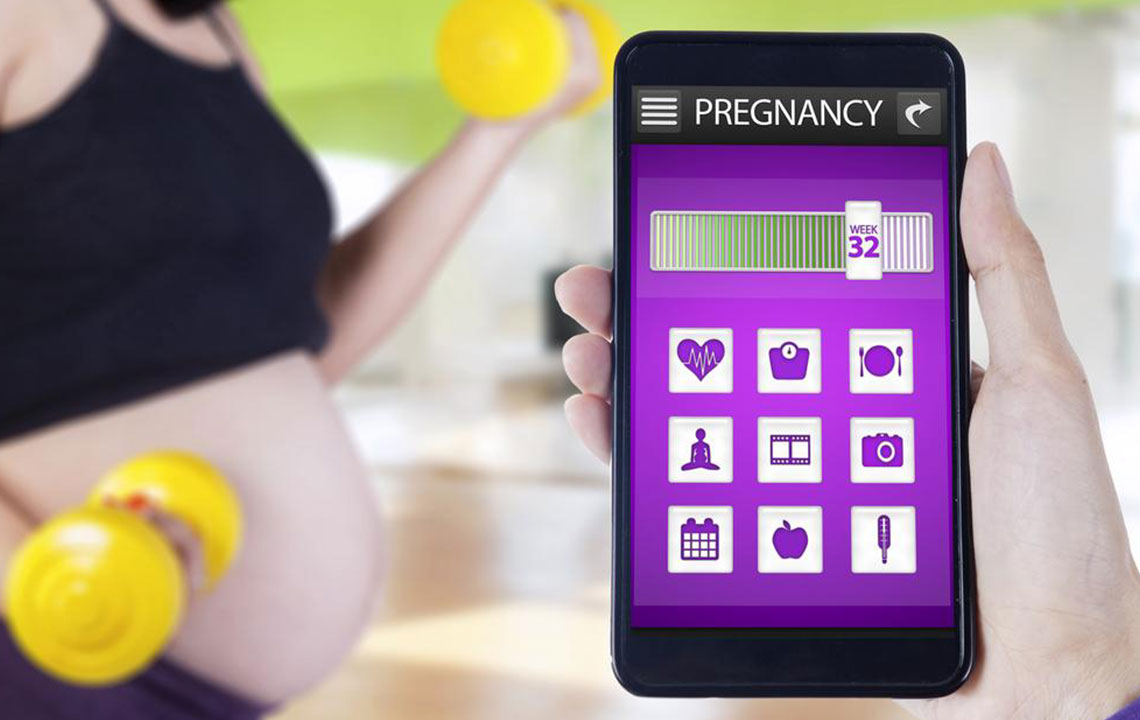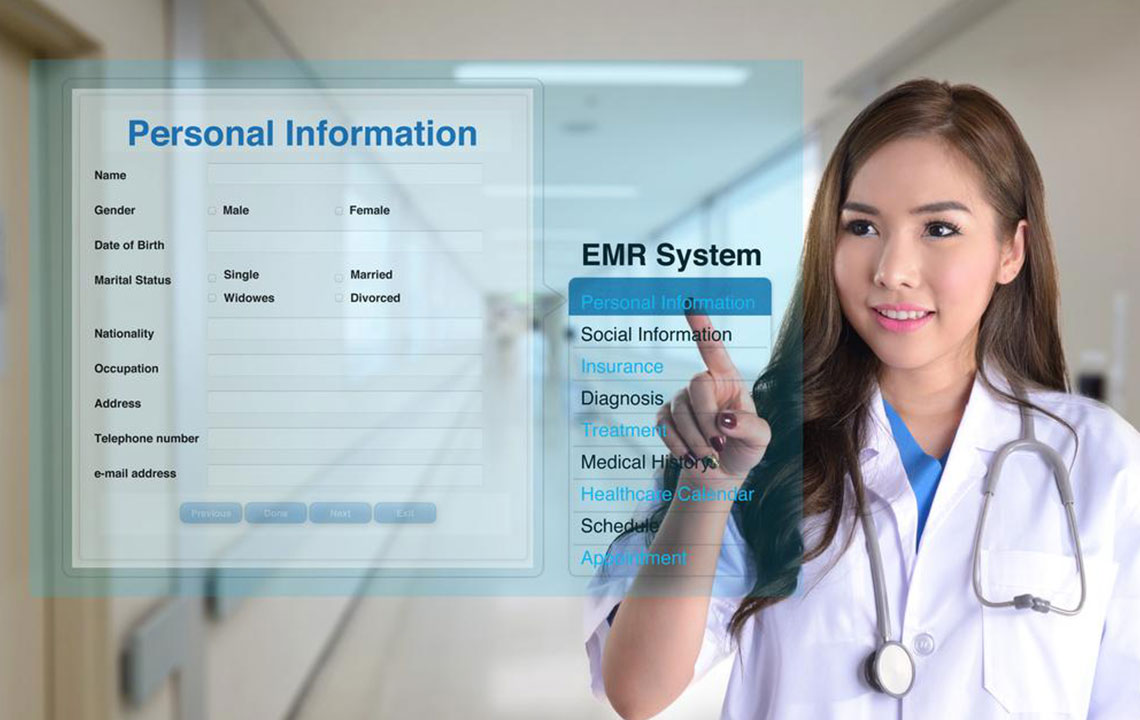How to Safely Transfer Your Medical Records During a Move
Learn the essential steps for transferring your medical records safely when moving to a new location. This guide covers early preparation, proper request procedures, understanding legal protocols, and tips to ensure your health information remains secure and accessible throughout your relocation process.

Effective Methods for Transferring Your Medical Records When Moving
Relocating to a new city or state involves many logistical tasks, including ensuring your medical records are properly transferred. Although it may seem overwhelming, following a clear process can help prevent loss of important health information.
Begin Early
Preparing ahead is crucial, as retrieving medical records can take anywhere from a week up to 30 days. If it exceeds a month, the health information authority must provide a valid explanation.
Submit a Written Request
Before your move, request your doctor to provide your medical history. Contact your healthcare provider to understand their procedures, which typically involve a small fee, regardless of search time.
Knowing the rules of data transfer is essential. Familiarize yourself with the Health Insurance Portability and Accountability Act (HIPAA), which governs patient data privacy and transfer protocols. Patients now have the right to access their medical history directly, in addition to their healthcare providers.
You can request a copy or direct transfer of your records based on your needs. Ensure you research the process thoroughly to avoid delays, and fill out the necessary online transfer forms, including your personal details such as name, address, and date of birth. If transferring records between doctors, a signed release form is usually required. Once received by the new provider, another agreement may need signing.
By following these steps, you can manage your move smoothly while keeping your health information secure and accessible.
Disclaimer:
The information provided about symptoms, treatments, and health conditions is for educational purposes only. It should not be considered medical advice. Always consult licensed healthcare professionals for diagnosis and treatment. Use this information at your own discretion and do not substitute it for professional medical guidance.









